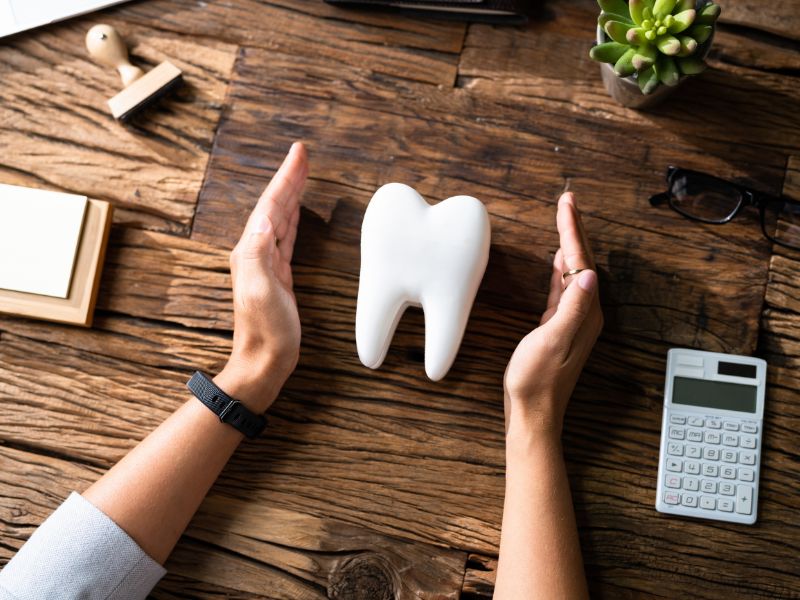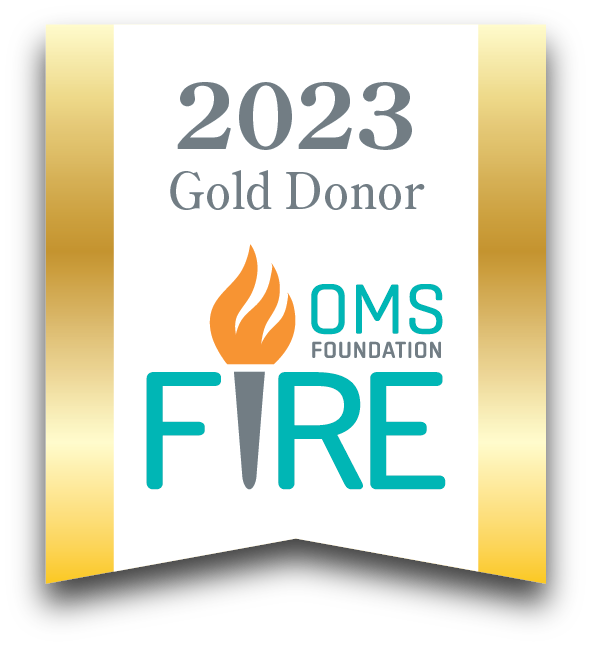When the Unexpected Alters the Face
When the Unexpected Alters the Face
Facial injuries happen quickly—one second of impact, one moment of lost balance—and yet the consequences can last far longer. Beyond the initial shock or pain, trauma to the face carries a weight few anticipate. The face is not only where we breathe, speak, and eat—it’s where our identity resides. When an injury disrupts that, it can feel deeply personal.
What many don’t realize is how layered these injuries can be. A broken jaw, a cheekbone shifted slightly out of place, or a fracture near the eye can disrupt more than appearance. They can affect how the teeth meet, how the eyes track movement, or whether a patient can chew without pain. These are not cosmetic concerns; they are functional ones. And they deserve care that reflects that complexity.
Why These Injuries Are So Complex
Facial trauma doesn’t follow a single pattern. Sometimes the damage is visible—a swollen eye socket, a misaligned jaw—but in other cases, the injury is subtle yet significant. A small fracture near a nerve pathway, for example, might leave part of the face numb. A misaligned bite may seem minor but can lead to chronic jaw pain or difficulty chewing.
The reasons these injuries happen vary. Common causes include:
- Motor vehicle accidents
- Sports-related impacts
- Falls or slips
- Interpersonal violence
- Work-related accidents
The face is exposed, and while the bone beneath the skin is strong, it remains vulnerable to sudden force. Imaging plays a key role in diagnosis. High-resolution scans often reveal damage that X-rays alone can miss. Once a full picture emerges, treatment can be tailored not just to the injury, but to the person’s anatomy, needs, and long-term goals.
How Treatment Moves Forward
Rest, time, and close monitoring can help some injuries heal naturally, but others require surgical precision. When bones shift or break into several pieces, they must be carefully repositioned and stabilized while healing occurs. Surgeons often use small, strong materials like titanium plates or screws—meant to remain permanently or until they are no longer needed.
Reconstruction may involve shaping implants or using pre-fabricated guides to restore symmetry in sensitive areas such as the jaw joint or eye socket. The goal is not only to repair what was broken, but to restore natural function and balance.
Surgical access is carefully planned. When possible, incisions are made inside the mouth or along natural facial lines to minimize visible scarring. Recovery typically begins the same day, with swelling, bruising, and limited movement—but always with a clear path toward healing.
The Science Behind Surgical Success
Modern facial reconstruction benefits from advanced materials and digital precision. Titanium, for instance, bonds seamlessly with surrounding bone and resists corrosion. It provides exceptional stability without adding bulk. In some cases—particularly in younger patients or low-stress regions—resorbable plates may be used. These gradually dissolve once healing is complete, leaving no trace behind.
Technology also plays a critical role. In complex cases, three-dimensional imaging and digital planning enable custom implants or surgical guides. These innovations help surgeons restore both structure and symmetry, ensuring that form and function align perfectly.
What Recovery Really Looks Like
Healing after facial trauma is rarely a straight path. Bones mend, but nerves and muscles take longer to recover. Some patients must relearn how to chew evenly or regain sensation in their lips or cheeks. Physical therapy may play a key role, especially when jaw movement is affected.
Ongoing follow-up ensures that progress stays on track. In the weeks and months after surgery, surgeons monitor bone stability, implant position, and tissue healing. Patients receive guidance on how to protect the area, maintain oral hygiene, and avoid reinjury.
In most cases, patients regain not just their appearance, but full function—returning to eating, smiling, and speaking without lasting reminders of the trauma.
Facial trauma is never “just a broken bone.” It influences how we eat, breathe, communicate, and connect with others—and how we see ourselves. That’s why these injuries demand both technical precision and human understanding.
Expert care combines surgical skill, anatomical knowledge, and empathy. Beyond restoring physical structure, the goal is to rebuild what was lost in an instant: confidence, comfort, and control.
To speak with a specialist about facial trauma care, call 515-416-4524 today.












